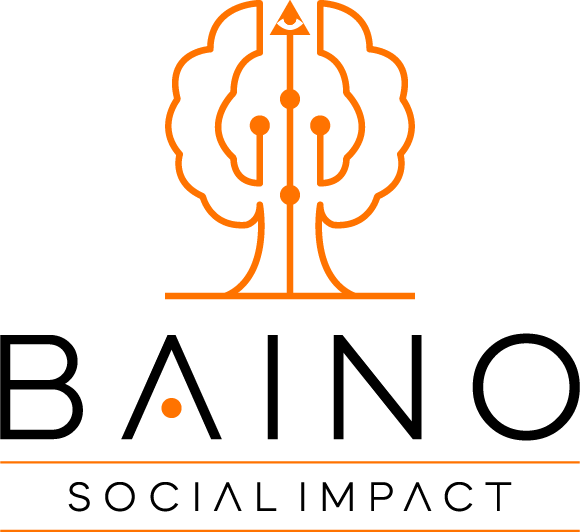A healthy community doesn't exist solely based on health and medical care quality.
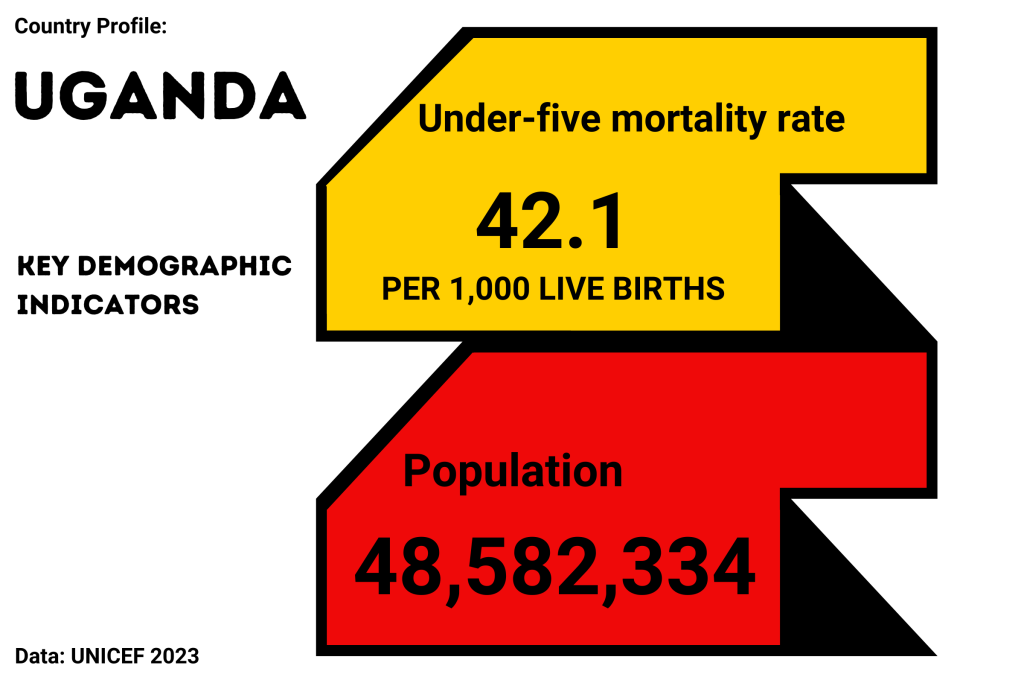
The available data on people’s health in the Busoga region is wanting. Very little is known about how members perceive their health status, their satisfaction with healthcare, their contact with medical professionals, and the priority they attach to general healthcare. Healthcare, as vital as it is, isn’t a priority in the minds of our members.
With adequate data, it is easier to accurately track and weigh the extent of the damage of health-related challenges and, most importantly, to make informed decisions on how to approach the pressing issues.
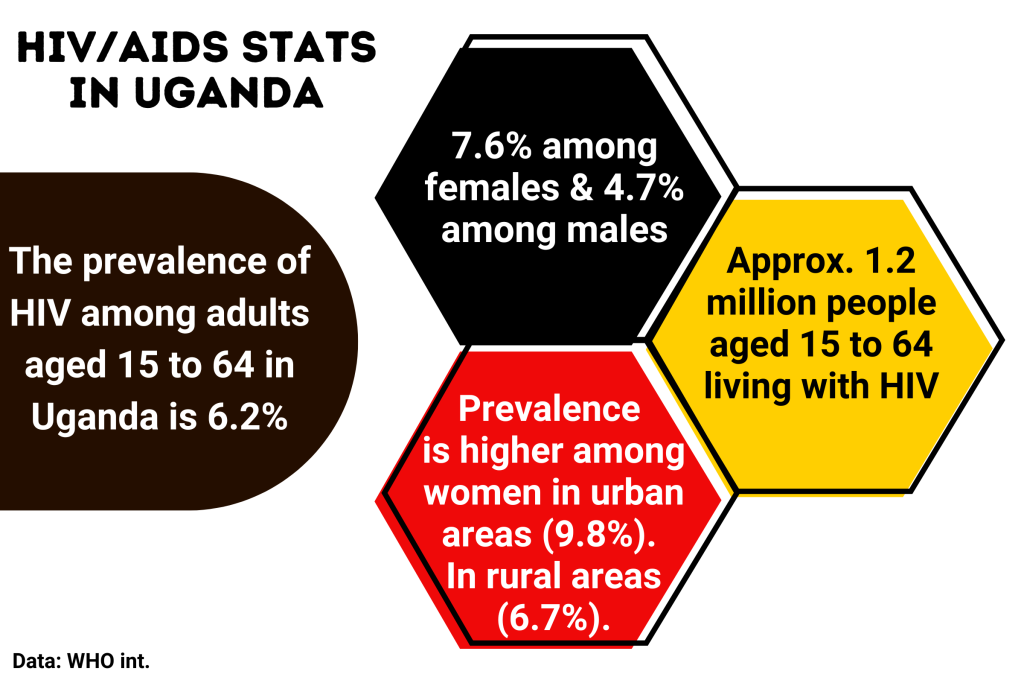
Policymaking requires a pool of data to assist in interpreting complex, contradictory, and changing social contexts and any related observed challenges and opportunities.
Much of the little available data is restricted and focuses on the provision of healthcare support by the state, which is already limited in various ways.
However, the available information has revealed far-reaching vital points.
For instance, about half of the population in the Busoga region has never had contact with a medical professional. Due to financial constraints, unqualified and unregulated practitioners in the private sector have been the “professional” medical options that members have resorted to and consulted with.
Tuberculosis Detection and Treatment
Malaria: Health facility-based mortality
Malaria has consistently been the leading cause of death among inpatients aged below five years. In 2016/17, malaria accounted for 27% of deaths, followed by anaemia and pneumonia, at 14% and 13%, respectively.
Malaria is still one of the leading causes of death in Busoga and nationwide.
HIV/AIDS and Effects
Ever since the first phases of the HIV/AIDS epidemic, health services in the Busoga region generally declined, including maternal and child healthcare services. The government diverted every resource to curbing the scourge. This strategy, in turn, stunted the development of other health service departments. Since then, there has not been any level-up.
It is not the case that the health sector was running smoothly before the invasion of HIV/AIDS. Instead, the influx of the scourge put additional strains on an already weak healthcare service. Meanwhile, HIV/AIDS continues to devastate the Busoga region. Alongside malaria, it remains the leading cause of death.
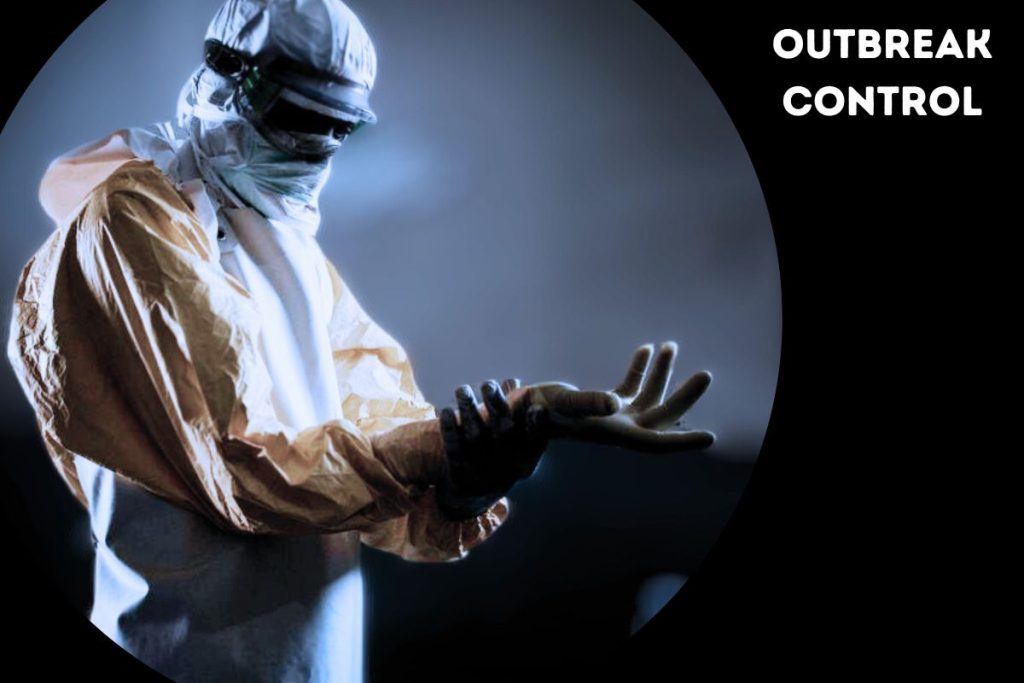
Health History
Due to neglect and how disease outbreaks throughout history in Busoga have been approached or responded to, the locals have learned to keep their hopes low. They might not believe the government (or anyone else) can provide a meaningful, lasting solution.
Since the 1900s, the Busoga region has faced several major public health problems. The area has been unfortunate in that several waves of diseases, outbreaks, and attacks of epidemics, infections, infestations, and parasites have afflicted the region.
In addition, many of our members have lost their lives in significant numbers due to the plague of poverty, illiteracy, and sometimes sheer negligence.
A Healthy Community
A healthy community does not exist based solely on health or medical care quality. Its well-being is reflected in all the social and environmental factors that promote wellness. As a concept, health is broad, and its definition in a community touches social, economic, and other aspects of life.
Health is a broad determinant of physical, mental, and social well-being and not merely the absence of disease.
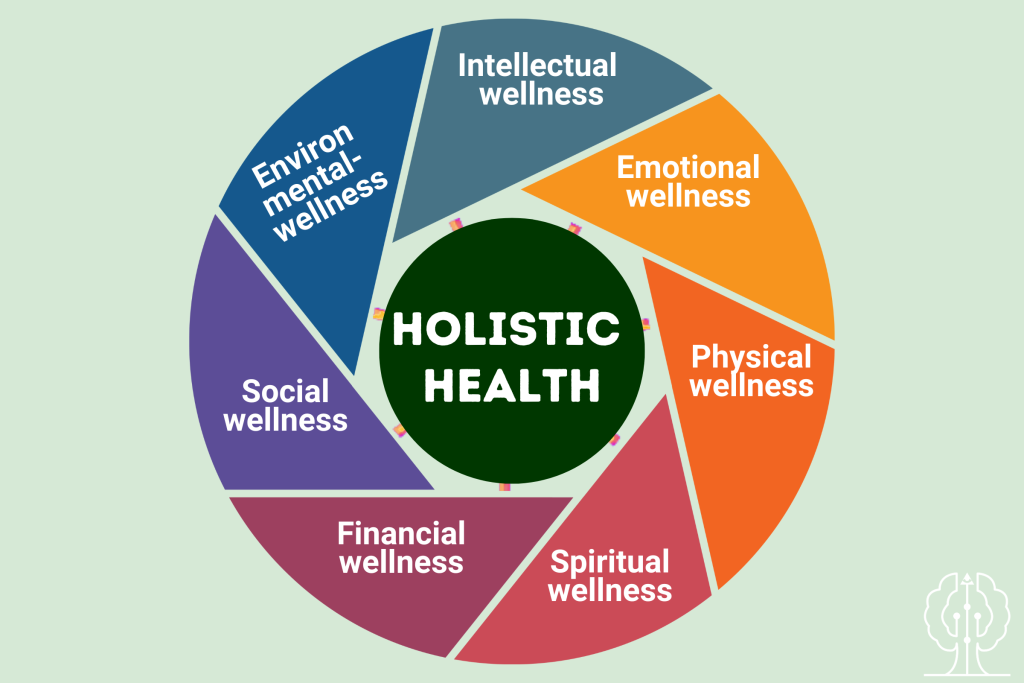
Health, as a term in our community, reflects an interdisciplinary and collaborative essence that demands constant research, teaching, and services necessary to address today’s complex challenges and those anticipated in the future.
Its arm extends to reach and influence public education, healthcare services, recreation and opportunities to socialize, health and safety, physical environment, employment, public transportation, housing, community services, and civic engagement. It’s a term we should embrace in its broader sense as other related efforts seek to focus on changing conditions in the environment where we all live, learn, work, gather, and play.
Health is also a mental and physical space for art and culture, where all are free from discrimination and segregation. Health involves and exhibits equitable access to the resources needed for individuals’ and their families’ social and economic growth.
